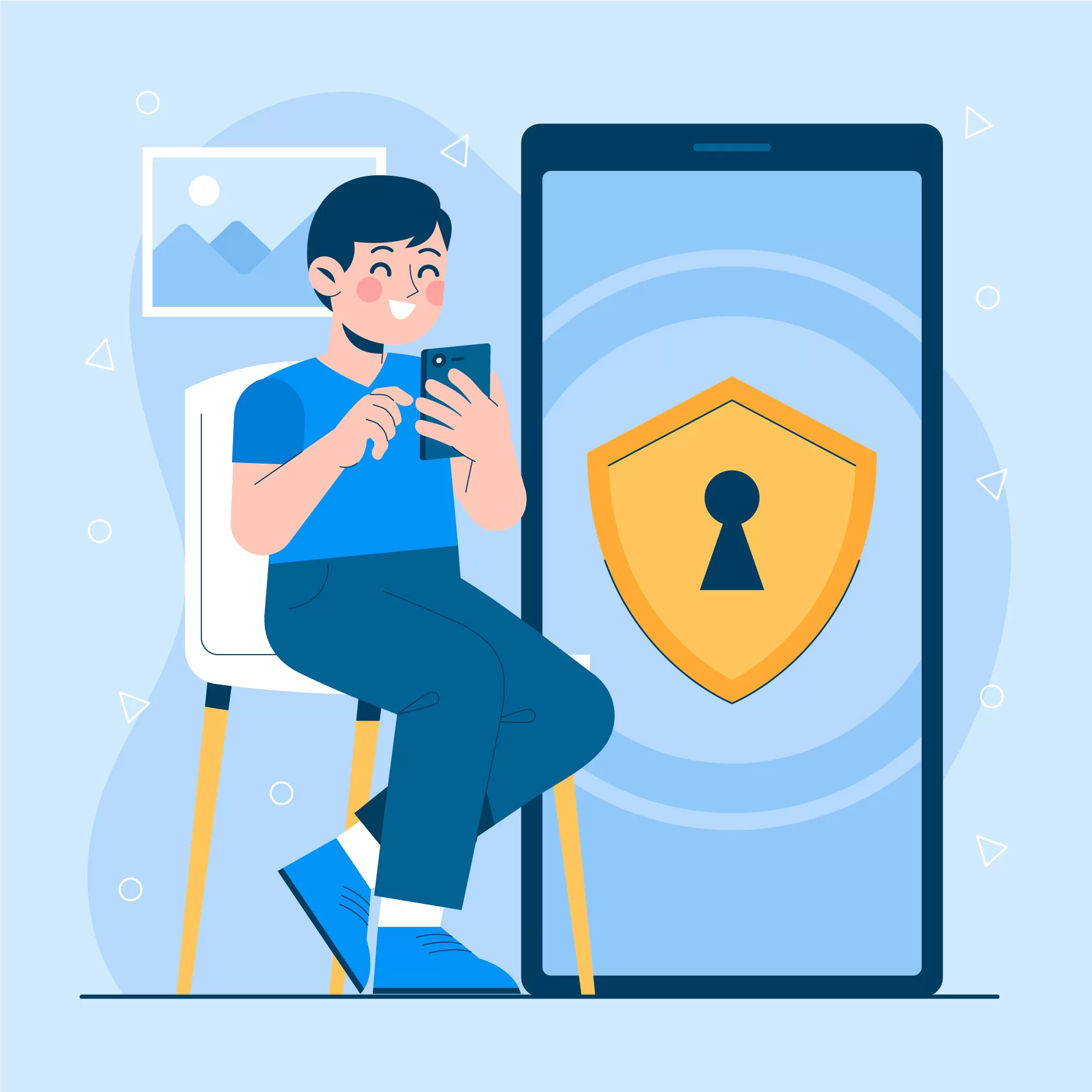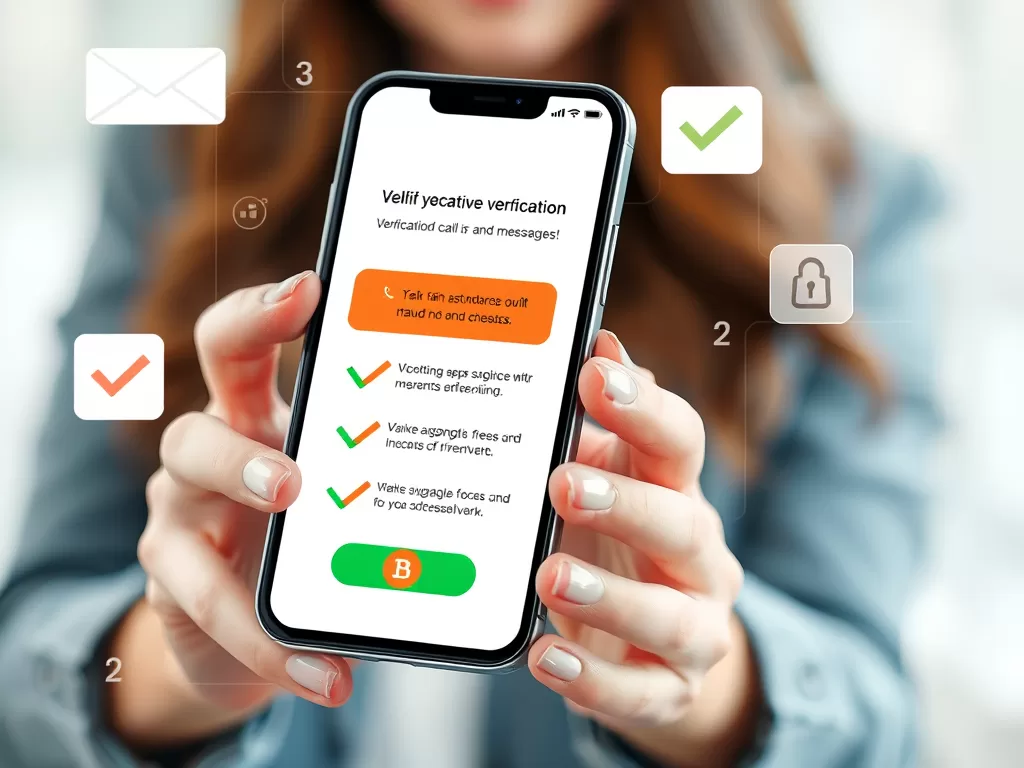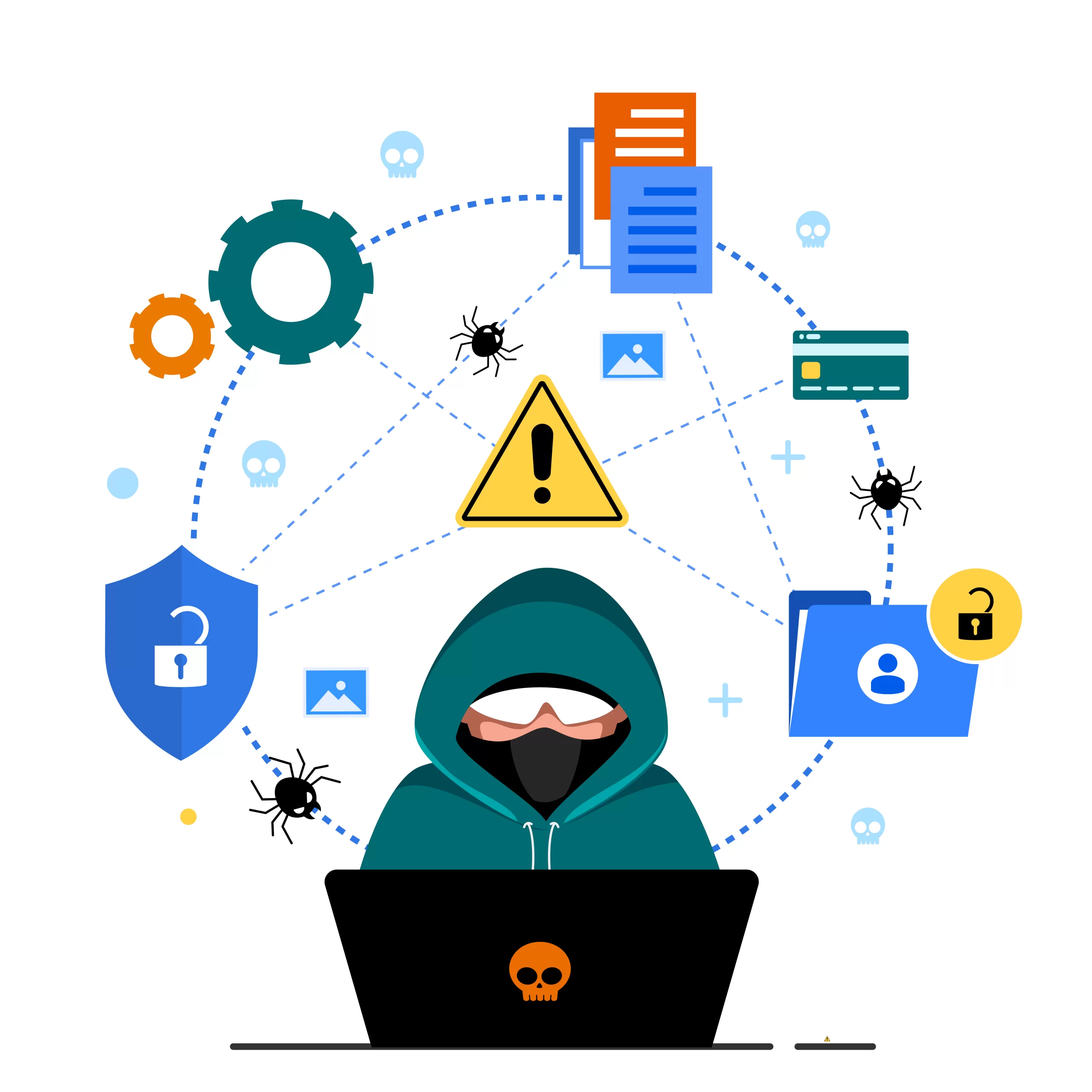
In today’s digital age, our mobile devices have become an indispensable part of our daily lives, serving as our primary means of communication, entertainment, and productivity. However, with this increased reliance on mobile technology comes the risk of cyber crime. From phishing attacks to malware infections, cyber criminals are constantly devising new ways to exploit vulnerabilities in mobile devices. Therefore, it is crucial for individuals to take proactive steps to protect their mobile devices from cyber threats. In this comprehensive guide, we will explore various strategies and best practices to safeguard your mobile devices and prevent cyber crime.
- Keep Your Software Updated: One of the simplest yet most effective ways to protect your mobile device is to ensure that your operating system and apps are up to date. Software updates often include security patches that address known vulnerabilities, making it harder for cybercriminals to exploit your device.
- Example: Imagine you receive a notification on your smartphone prompting you to install a software update. While it may seem like a minor inconvenience, taking the time to install the update could prevent your device from being compromised by a newly discovered security flaw.
- Use Strong Authentication Methods: Implementing strong authentication methods, such as PINs, passwords, fingerprint scans, or facial recognition, adds an extra layer of security to your mobile device. Avoid using easily guessable passwords or sharing authentication credentials with others.
- Example: Instead of using a simple 4-digit PIN to unlock your phone, opt for a longer and more complex password that includes a combination of letters, numbers, and special characters. This makes it significantly harder for unauthorized users to access your device.
- Beware of Phishing Attempts: Phishing attacks are a common tactic used by cybercriminals to trick users into revealing sensitive information, such as login credentials or financial details. Be wary of unsolicited emails, text messages, or phone calls asking for personal information or urging you to click on suspicious links.
- Example: You receive an email claiming to be from your bank, asking you to click on a link to verify your account details. Instead of clicking on the link, you hover your mouse over it to reveal the actual URL, which does not match the bank’s official website. This alerts you to the phishing attempt, allowing you to delete the email and report it to your bank.
- Install Antivirus Software: Installing reputable antivirus software on your mobile device can help detect and remove malware, spyware, and other malicious programs that may compromise your security. Regularly scan your device for potential threats and ensure that your antivirus software is kept up to date.
- Example: You download a seemingly innocent app from a third-party app store, only to discover later that it contains malware designed to steal your personal information. Fortunately, your antivirus software detects the malicious code during a routine scan and alerts you to the threat, allowing you to remove the app before any damage is done.
- Be Cautious When Connecting to Public Wi-Fi: Public Wi-Fi networks, such as those found in cafes, airports, and hotels, are often unsecured, making them a prime target for cybercriminals. Avoid accessing sensitive information or conducting financial transactions while connected to public Wi-Fi networks, as your data may be intercepted by hackers.
- Example: You’re sitting in a coffee shop and decide to check your bank account balance using the free Wi-Fi network. Unbeknownst to you, a cyber criminal lurking on the same network intercepts your connection and steals your login credentials, gaining unauthorized access to your bank account.
By following these proactive measures and remaining vigilant against potential threats, you can significantly reduce the risk of falling victim to cyber crime on your mobile devices. Remember, protecting your personal information and ensuring the security of your mobile devices is a shared responsibility that requires ongoing diligence and awareness.







